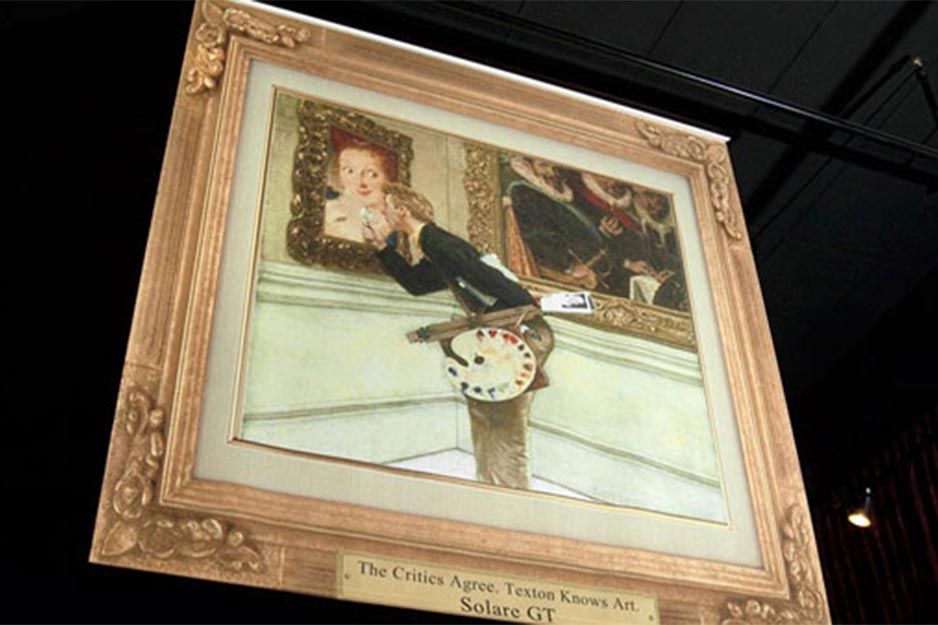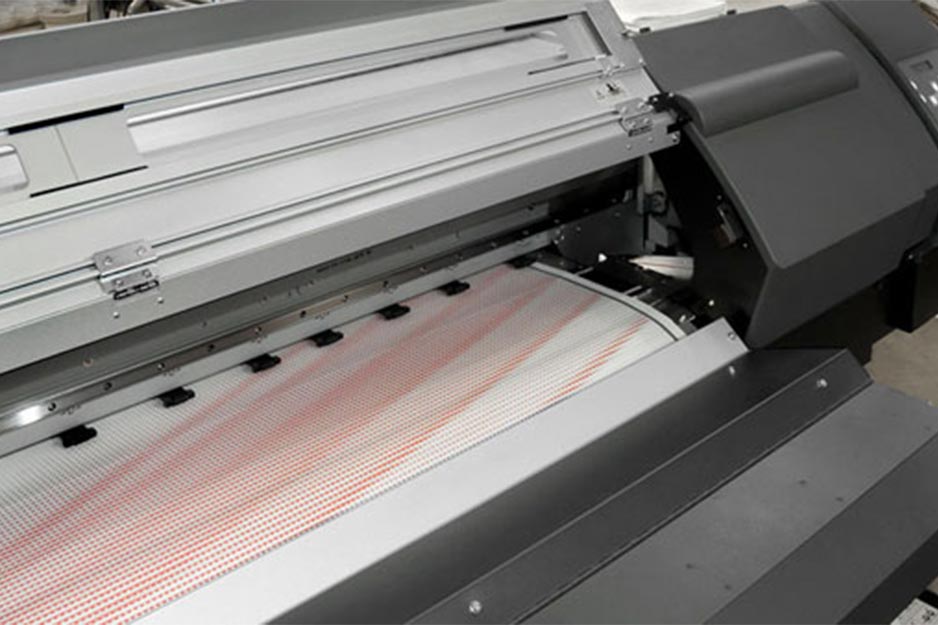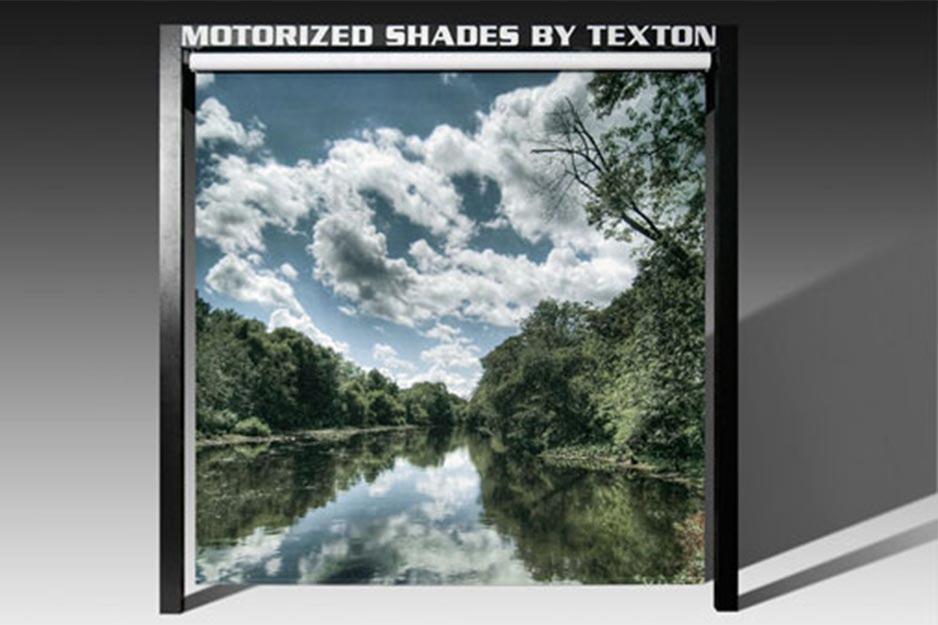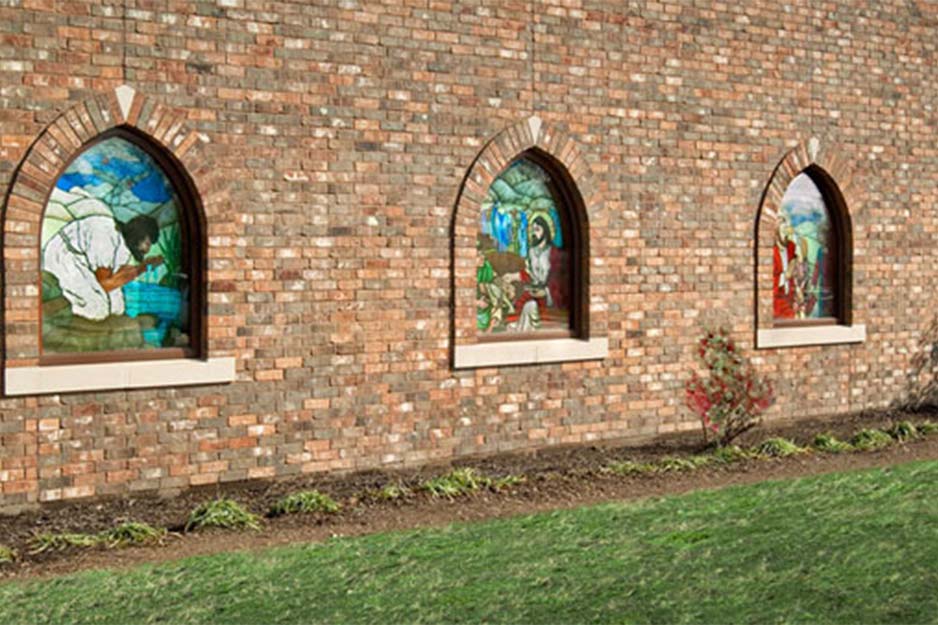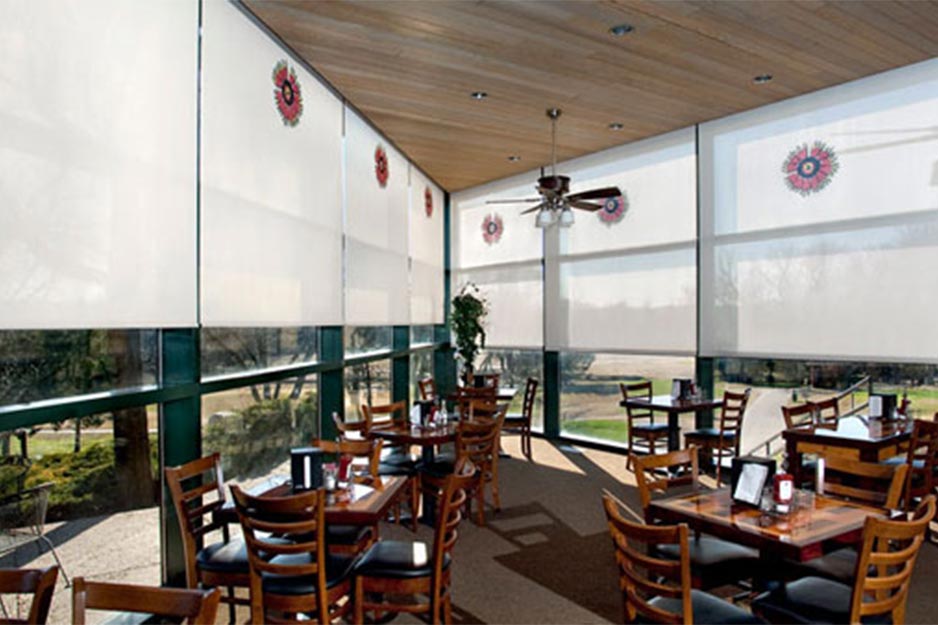Updating Roller Shades with Digital Graphics
Texton, Inc.
"Our business operates in a fashion industry," said Ed Williams, CEO of Texton, Inc., a window covering manufacturer in Dallas, Texas. "Much of what we have offered in the past becomes fashionable again over time." Texton anticipated the recent resurgence of the roller shade and is now responding with a fresh new look: digitally printed graphics.
Ed's grandfather founded Texton in 1941 as Tontine, a fabrication company with a contract to put roller shades for military barracks in the Southwest. The material they used was fiberglass with a vinyl coating, similar to many of the shade materials used today. In the 1960s, Texton was spun off as a separate division.
Today Texton is a wholesale fabricator of window coverings whose clients include other fabricators as well as retailers, general contractors and interior designers. Texton offers virtually every product that goes in a window, from roman shades to mini blinds. “The two inch blind has dominated the marketplace for the past 15 years, and before that it was the mini blind,” said Williams. “Now, roller shades are back, often made with mesh materials that control heat and glare.”
Texton is developing a niche market in roller shades with its Roland Advanced Jet AJ-1000 104” grand format digital printer and a three-pronged business strategy. “Roland was the name everyone recommended for durability and value, and the AJ is perfect since our materials come on 96”-wide rolls,” said Williams. “It’s all about being able to set yourself apart and give the client something new and useful.”
“Roland was the name everyone recommended for durability and value, and the AJ is perfect since our materials come on 96”-wide rolls,” said Williams. “It’s all about being able to set yourself apart and give the client something new and useful.”
The first part of Texton’s strategy is manufacturing custom shades for retail clients who bring in a logo or other graphic. “Many of the new shade materials are designed so that you can see through them from the interior quite clearly,” said Williams. “Store fronts can effectively turn their windows into billboard signage.” Custom printing capability has resulted in Texton producing shades for the drive-through windows of a local bank as well as for windows at several restaurant chains.
Texton is also developing its own standard images in-house, creating a palette of unique printed screens within their shade offerings. One popular series of shades is printed with scanned images of grass and woven wood to simulate higher-end woven wood products.
Still another approach is offering custom printed full color solar shades to match colors and patterns being sold by suppliers.“Before we had the AJ, we’d have to order a $1,500 roll of material in a certain color just to make two shades for a client,” said Williams. “It was an inventory nightmare. Now, we can print the color ourselves on a roll of white material for the same cost or less.”
“Buying this machine was the most radical thing we’ve ever done,” said Williams. “I went out on a limb with our management team. But people have really taken to the Roland and our clients love the products we can generate with it.”
Texton put their Roland to work recently on a large project for W Hotels’ new W 123 Hotel in New York City. The hotel company wanted graphics incorporating a collage of their logo printed on all the window coverings for the new building. Texton produced the graphics on roller shades, protecting the rooms from sun and glare while advertising the hotel. “On that job alone, we recouped much of the cost of purchasing our machine,” said Williams. “The graphics came out beautifully. Our clients were really pleased.”
“We haven’t found anything thus far that we can’t do on our Roland,” said Williams. Texton’s graphic designers work with images in Adobe Illustrator and Photoshop, then RIP their designs using Roland’s VersaWorks software. Texton also purchased the optional mesh unit kit which facilitates printing on mesh media. “VersaWorks allows us to plot out our designs to conserve material and effort. We can produce multiple shades in one printing run,” said Williams.
“With our shade manufacturing expertise, we can even grow our business in new areas of distribution,” said Williams. “We have the ability to offer our finished products to other media companies and many in the print-graphics industry.”
“Buying a digital printer seemed risky at first, but it has given us the flexibility to create unique products that really help us stand out from the competition,” said Williams.
